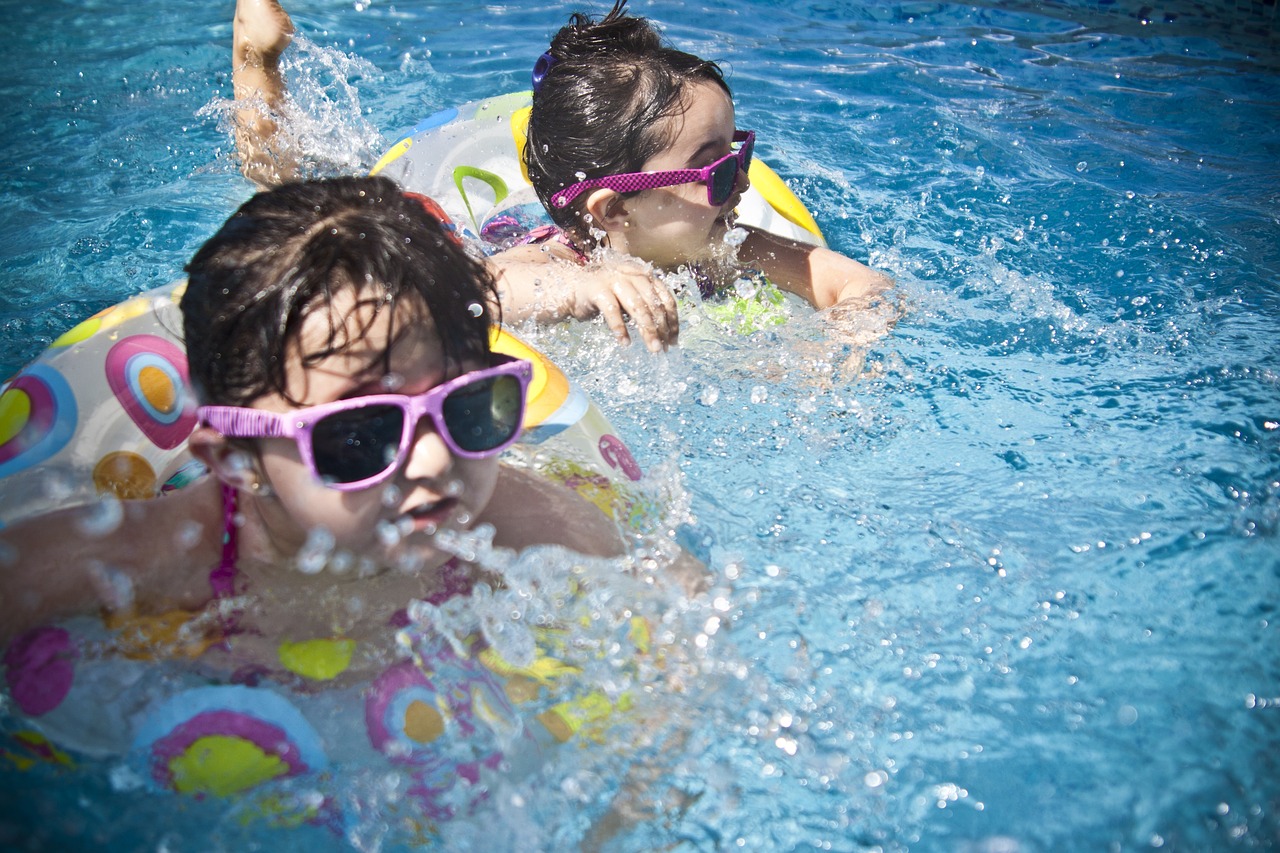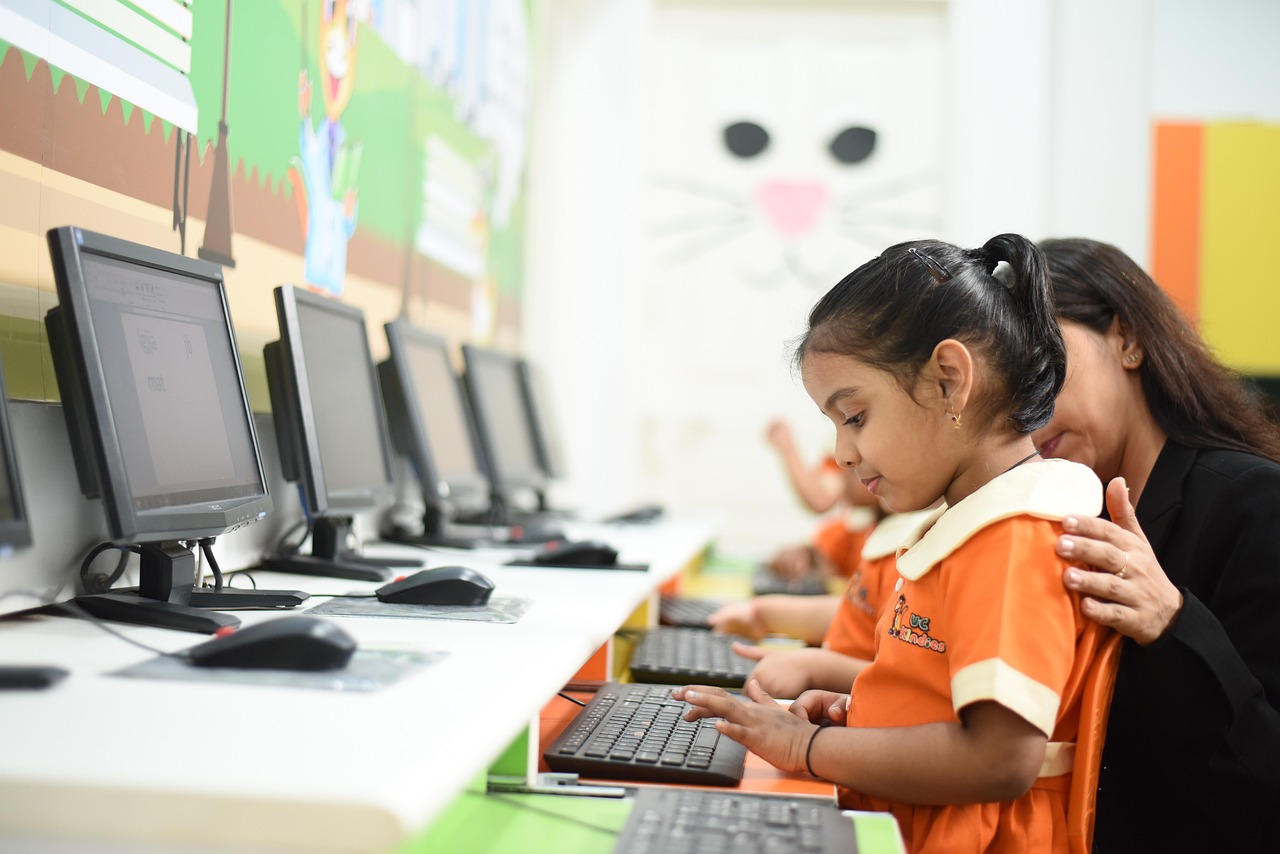Swimming lessons for kids teach essential water safety skills while building confidence and swimming ability. These lessons cater to various ages and skill levels, ensuring children learn at a comfortable pace and develop proper techniques.
The most effective programs combine in-water practice with progressive skill development, helping children navigate water safely and enjoy swimming with confidence. Many community centers and swim schools offer structured classes designed specifically for different age groups, from infants to older children.
Tailored instruction also focuses on endurance and stroke development, allowing kids to improve steadily as they grow. A mix of private, group, or parent-and-child classes gives flexibility to fit diverse needs and schedules.
Benefits of Swimming Lessons for Kids
Swimming lessons help children improve their physical abilities, learn crucial water safety skills, and develop socially and emotionally. These benefits support long-term health and confidence.
Physical Development Advantages
Swimming is a full-body workout that strengthens muscles and improves cardiovascular health. It enhances coordination by requiring the use of arms, legs, and breathing simultaneously, which builds motor skills.
Regular swimming lessons increase endurance and flexibility. Children also develop better posture and lung capacity through controlled breathing techniques.
Because swimming is low-impact, it supports joint health and can be suitable for children with different physical abilities. It also promotes overall fitness in a fun and engaging environment.
Water Safety Skills
Learning to swim significantly reduces the risk of drowning. Children acquire essential survival skills like floating, treading water, and controlled breathing.
Structured lessons teach awareness of water hazards and how to respond calmly in emergencies. This knowledge can prevent accidents in pools, lakes, or other bodies of water.
Swimming lessons also build confidence in the water, which encourages safer behavior. The skills gained provide a practical foundation for lifelong safety around water.
Social and Emotional Growth
Swimming lessons offer opportunities for kids to interact with peers, fostering social skills like communication and teamwork. Group lessons help children build friendships in a supportive setting.
Completing swim milestones builds confidence and a sense of achievement. Children learn to set goals and overcome challenges by breaking skills into manageable steps.
The structured environment promotes discipline and focus, which can positively affect other areas of life like school and extracurricular activities. Swimming also helps reduce stress through physical activity and accomplishment.
Choosing the Right Swimming Program
Selecting a swim program involves evaluating several key factors to ensure safety, skill development, and a positive experience. Important considerations include the qualifications of instructors, how classes are structured, and whether the environment suits the child’s age and abilities.
Assessing Instructor Qualifications
Instructor qualifications are critical for effective and safe swim lessons. Parents should look for certifications from recognized organizations such as the American Red Cross, YMCA, or SwimAmerica. These certifications indicate that the instructor has undergone proper training in swim techniques and water safety.
Experience with children is also important. An instructor skilled in teaching kids will use age-appropriate communication and be adept at managing group dynamics. Checking for a favorable instructor-to-student ratio can ensure more individual attention, which benefits learning and safety.
Additionally, background checks and first aid or CPR certifications add further assurance of professionalism and preparedness in emergencies.
Class Structure and Levels
A well-organized class structure helps children progress steadily based on their skills. Swim programs often divide lessons into beginner, intermediate, and advanced levels. Each level focuses on specific skills, such as water acclimation, stroke development, or endurance improvement.
Classes should be designed with clear goals for each session, allowing children to build confidence and competence progressively. Group sizes matter too; smaller classes tend to offer more interaction and personalized feedback.
The use of consistent lesson times and curriculum also supports regular improvement and better skill retention. Programs adopting proven teaching methods are preferable for steady progress.
Age-Appropriate Learning Environments
The environment must match the child’s developmental stage to make lessons effective and safe. For toddlers and preschoolers, warm, shallow pools with playful and sensory-friendly activities help ease water entry.
Older children benefit from facilities equipped with swim lanes, diving boards, or larger pools to practice more advanced techniques and stamina. Classes should maintain an atmosphere that balances structure with fun to keep motivation high.
Safety features like non-slip surfaces, lifeguards, and visible emergency equipment are essential regardless of age. Tailoring the setting to the child’s physical and emotional needs aids in building both skills and a positive attitude toward swimming.



